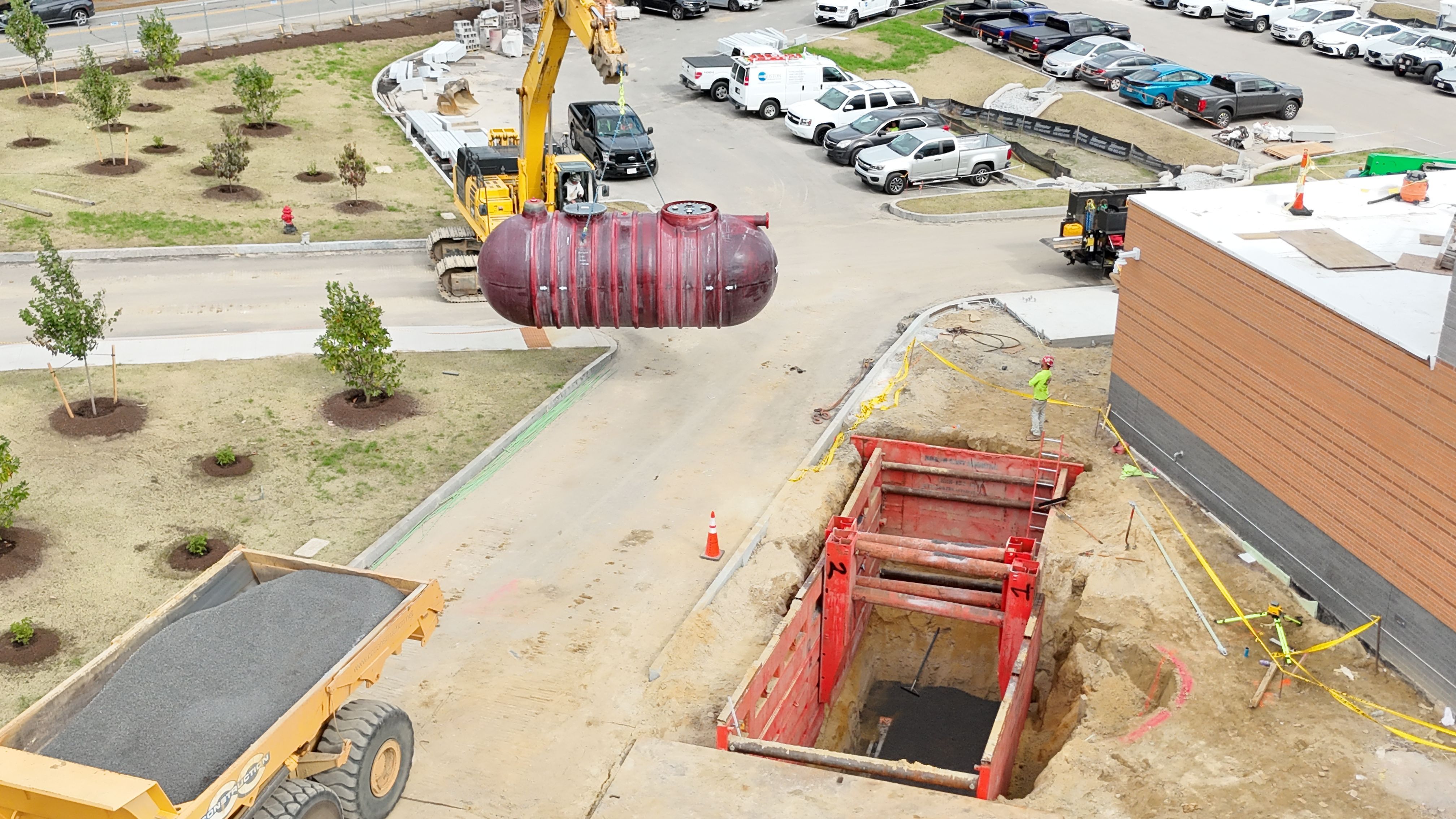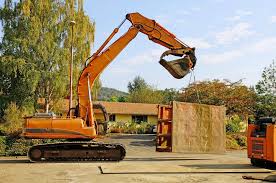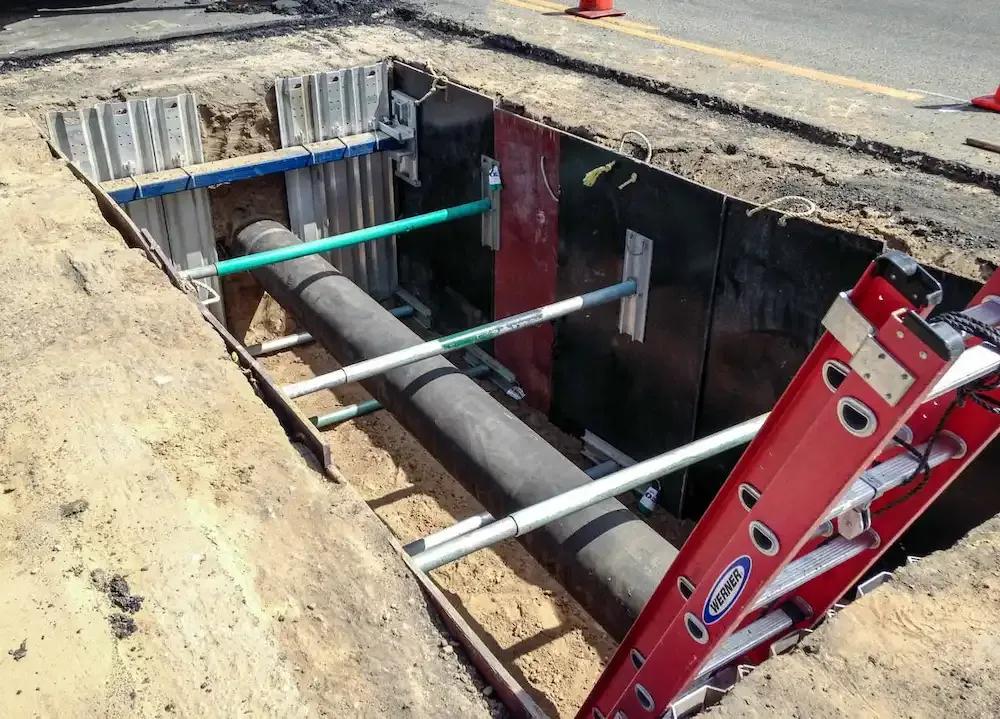Every trench starts with one thing: the ground beneath your feet. And if you don’t know what kind of soil you’re dealing with, you’re working blind.
Soil testing before excavation isn’t just a safety check it’s how you choose the right trench protection, avoid collapses, and keep your team working efficiently. Before the first bucket hits the ground, here are three key things every crew should understand about soil testing.
1. Soil Type Determines Trench Stability
Not all soils behave the same. Some hold their shape, while others fall apart at the first shake of the bucket. That’s why OSHA splits soil into three basic types: A, B, and C.
- Type A is the most stable usually clay, hard-packed, and holds walls well.
- Type B includes sandy loam or previously disturbed soil moderate stability.
- Type C is the weakest gravel, sand, or soil with water seepage.
You can’t assume based on appearance alone. Clay can crumble when wet. Sandy soil might be mixed with clay underneath. Testing gives you a clearer picture, and that determines your trench wall angles, shoring choices, or whether you need a trench box.
2. Simple On-Site Tests Can Go a Long Way
You don’t need a lab to get a basic read on soil type. OSHA allows several field tests to help classify soils quickly:
- Thumb test – Press your thumb into a soil clump. If it resists, it may be Type A.
- Ribbon test – Roll wet soil into a ribbon. Longer ribbons suggest higher clay content.
- Dry strength test – Let a clump dry, then crush it. High strength = more stable.
These basic tests can help your competent person classify the soil correctly before excavation begins. But if the job is complex or the soil is questionable, lab testing may still be needed.
3. Moisture and Weather Change Everything
You might test solid clay in the morning and find yourself in soup by late afternoon. Rain, frost, groundwater, and thaw cycles all affect soil behavior.
If the ground shifts, your safety setup might no longer be valid. Wet soil loses cohesion fast, and a trench that held firm earlier could collapse without warning.
- Rain and surface water weaken trench walls
- Frost heave can expand soil and distort trenches
Thawed upper layers often sit on unstable subsoil
Summary Table: Why Soil Testing Matters
| What You Learn | Why It Matters |
|---|---|
| Soil type (A, B, C) | Determines trench support needed |
| Stability under pressure | Helps prevent cave-ins |
| Water content/moisture | Guides use of dewatering or extra support |
| Surface and subsurface mix | Affects whether walls can be sloped safely |
Frequently Asked Questions
Yes OSHA requires that a “competent person” classify the soil before excavation begins. This affects how you protect the trench.
Absolutely. Especially on large or layered jobsites. Test regularly as you move across the site or dig deeper.
Skipping it can lead to trench collapses, injuries, or OSHA citations. It’s a basic step that protects your crew and your timeline.
Yes. Even Type A soil can become unstable quickly. A trench box adds peace of mind and protects workers if the unexpected happens.




